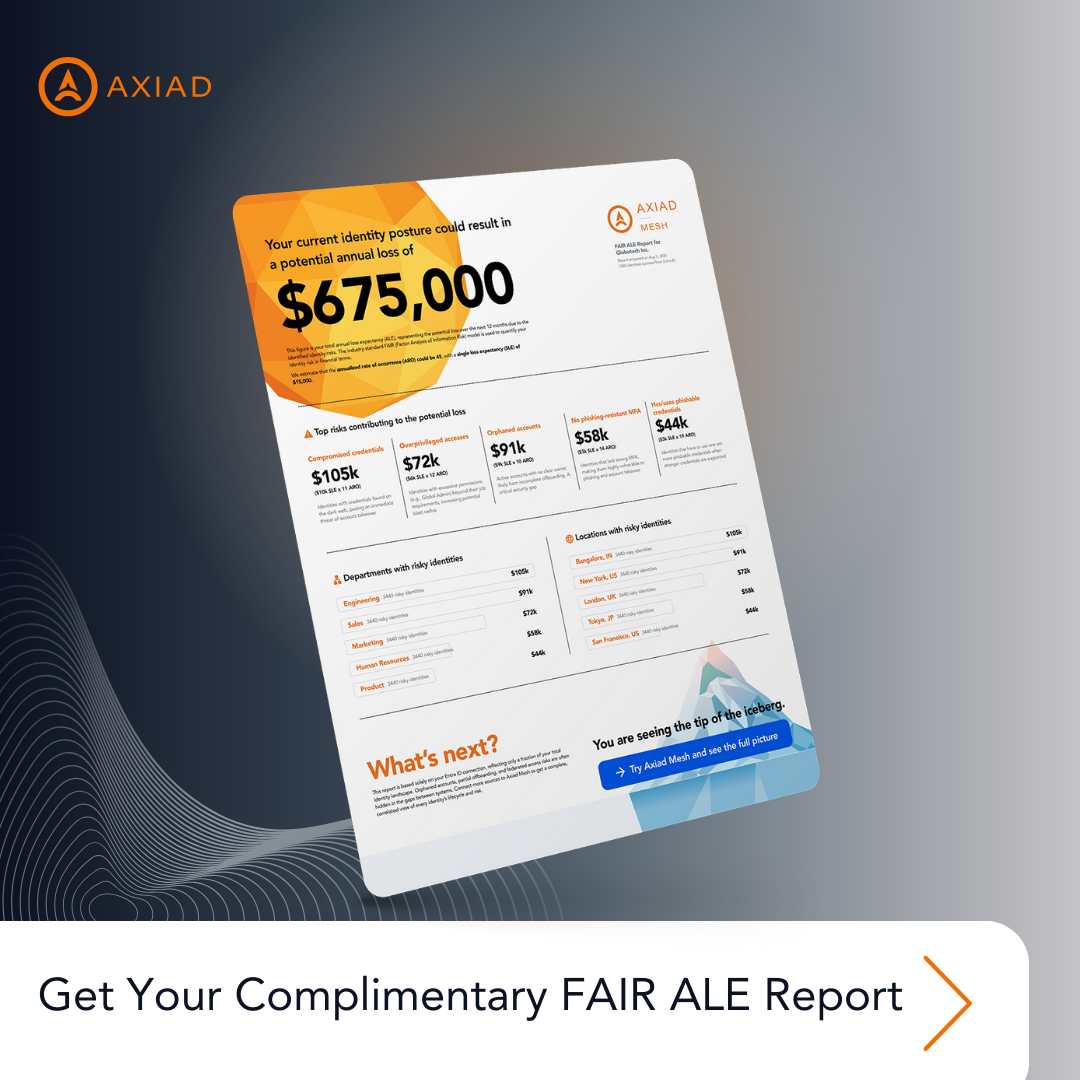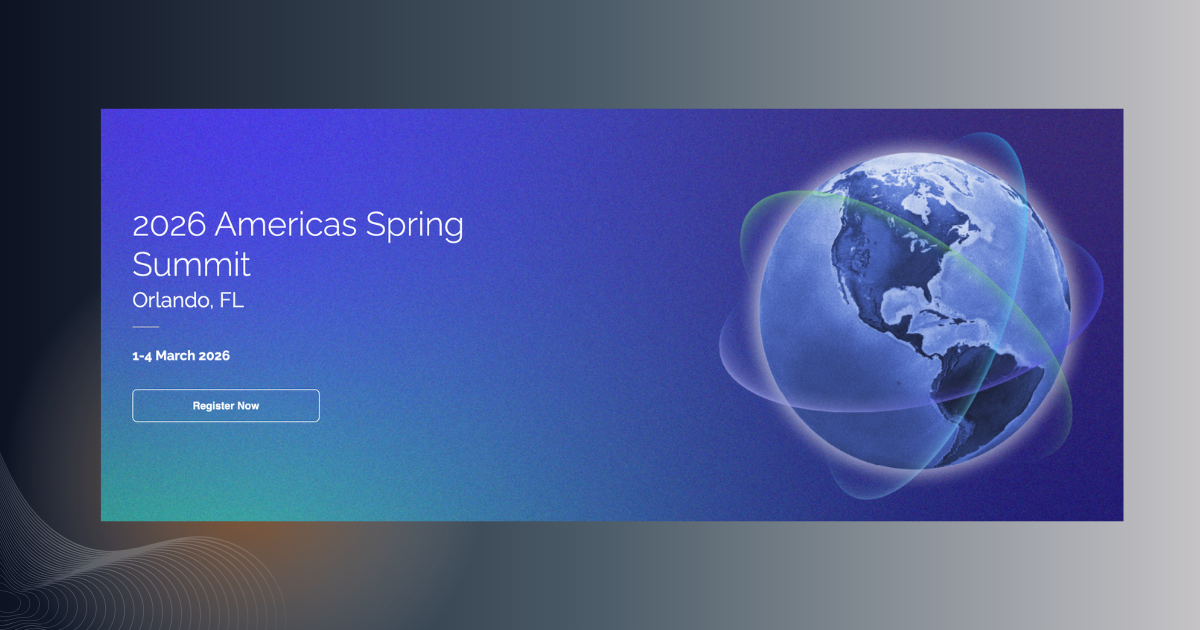
There are varying levels of effectiveness when it comes to identity and access management tools. Some identity and access management tools are very robust; others just form the basis of a simple, streamlined framework.
Let's look at some of the most important features for IAM — and how they relate to the most important identity and access management concepts.
1. Multi-factor authentication services
Any decent identity and access management system today needs multi-factor authentication. Multi-factor authentication is inherently safer than just using a single password or passcode. In theory, the more factors used, the safer a system is. There’s truth to this, too; without multi-factor authentication, a single leaked password could potentially cause the compromise of an entire network.
Today, most business systems use multi-factor authentication for this very reason. However, the added complexity brings its share of downsides, too. No single credential meets all business use cases, and every new factor used adds another platform that users need to remember. Frustrated employees may seek workarounds, putting your systems in jeopardy.
That’s where passwordless services help.
2. Passwordless authentication options
Today's identity and access management solutions are progressively moving toward passwordless authentication. Passwordless authentication can still be multi-factor, it's just that the user isn't in charge of these factors and doesn't have to remember anything. With passwordless authentication services, users are identified by biometrics, physical devices, and other easy-to-manage systems.
Most phones today use passwordless authentication, through facial scanning or fingerprint scanning. To further increase utility, passwordless authentication can still be provided with a password option as a backup.
Passwordless authentication can be seen as a natural evolution of the rise of MFA. By going passwordless, you can enjoy the security that MFA provides with much less hassle.
3. Single sign-on
Single sign-on means that everything within your infrastructure is integrated into the same sign-on solution. You sign on once and you're logged into everything. This doesn't just improve user experience; it increases security. Users don't need to juggle multiple authentication services and IT doesn't have to juggle multiple permissions.
By integrating all your systems, you ensure that your IT will notice flaws within the authentication system much faster. IT only has to manage the security of a single system and only has to monitor a single user account for each employee.

4. Password Management
When users do need to track passwords, it's important for an identity and access management system to provide proper password management. If password management isn't available, users will just write down their passwords, save them on their computers, or potentially share them so that others will remember them, too. If they forget their passwords, they just make more work for IT.
But you also need to make sure that the password management itself cannot be compromised. An all-in-one authentication service will perform more surely than a self-service management system. If employees aren't given password management on their own, they will usually find their own password management utilities.
5. Privileged account management
Privileged accounts can make a system very vulnerable. A privileged account should be managed by the system — and the system should alert the IT department if privileged accounts are being used incorrectly. Privileged accounts shouldn't be used for day-to-day tasks; they should only be used for the tasks that they are meant for.
There should be very few privileged accounts throughout an organization. Many companies find themselves opening more privileged accounts for those who are higher up in the organization even if it isn't strictly necessary. There should be controls for how privileged accounts are created and how they are accessed.
6. Compliance and audit services
Issues of compliance have become very important, as have audit services. If your organization undergoes an audit, can accounts be frozen immediately? Can you track all the documents and files across your services? A good IAM system will be able to give you a digital trail regarding any user's access across all digital files. Many organizations also need to be able to comply with increasing regulations. Companies in the financial industry, health industry, or educational industry are under particularly strenuous regulatory standards.
7. Automatic provisioning services
Implementing an identity and access management solution is easier when it's integrated with Axiad's authentication platform. Axiad Cloud allows for the provisioning and deprovisioning of identities with support for any identity credential. Automatic provisioning services reduce the work that an IT team needs to do while providing improved, automated processes that can then be standardized.
The more that can be done automatically, the less likely it is that errors will occur — and the more time IT can spend on other, important tasks.
8. Role-based access control
Role-based access control can also vastly reduce issues of potential compromise. With role-based access control, companies are able to better automatically control their permissions. A good infrastructure today is a zero-trust infrastructure. Role-based access control can support this by giving users specific roles and restricting permissions to only what is necessary.
While this is very similar to privileged account management, RBAC tends to be more granular. Privileged account management often gives accounts “levels” of access, while RBAC can restrict individual actions.
9. Self-service access requests
When employees need access to specific documents, files, or configurations, they can request access on their own. This makes it easier for IT to track these types of requests. Further, it means that IT departments can err on the side of restricting access and allow access only when it is strictly necessary. This also supports zero-trust infrastructure.
Finding the Right IAM Solution
With the right features, an identity and access management system can significantly reduce the chances that a company will experience a serious data breach. An identity and management framework makes it easier for employees to manage their authentication services as well as for IT teams to maintain system security.
But companies need to take the time to find the IAM solution that works best for them. Companies should first take a look at the benefits they need and want in a solution — and compare the solutions that are available. Once they've discovered the solutions that work best for them, they can create a plan for transition.
Need to increase the security of your authentication system? Wondering what the right identity and access management framework would be for you? Contact the experts at Axiad.


























%201.avif)






